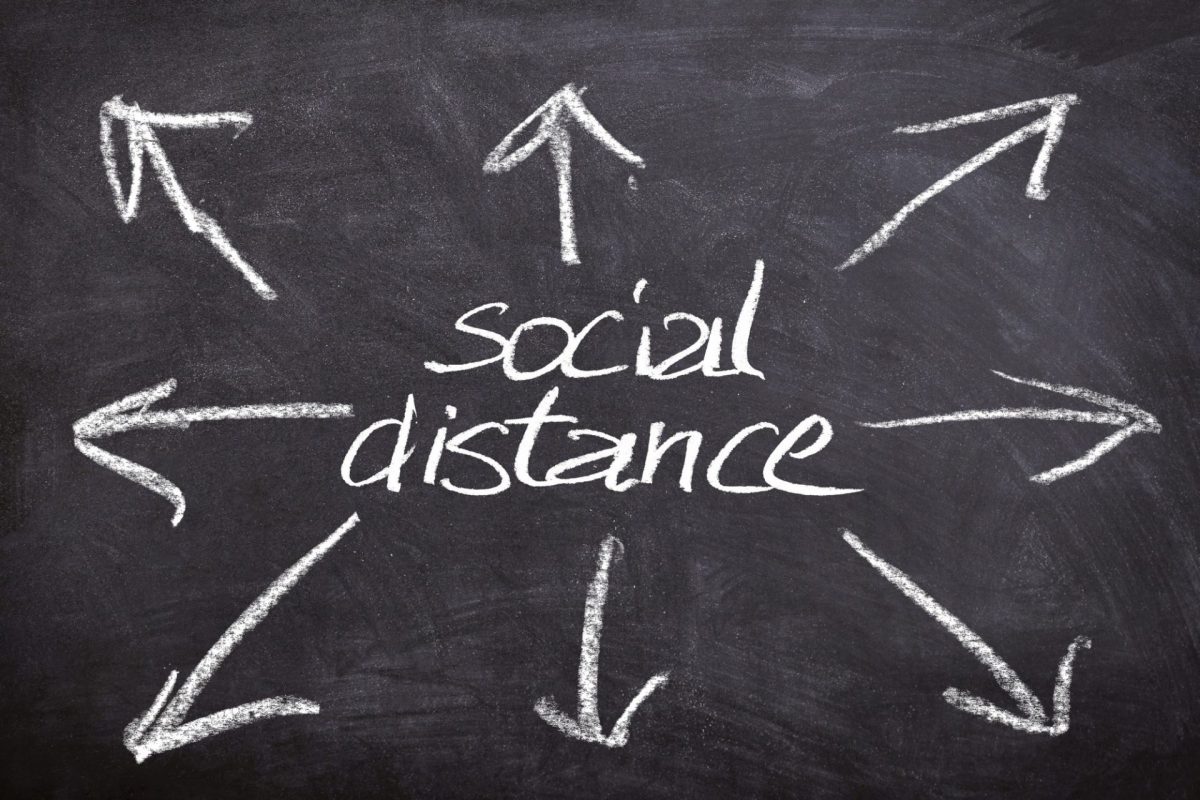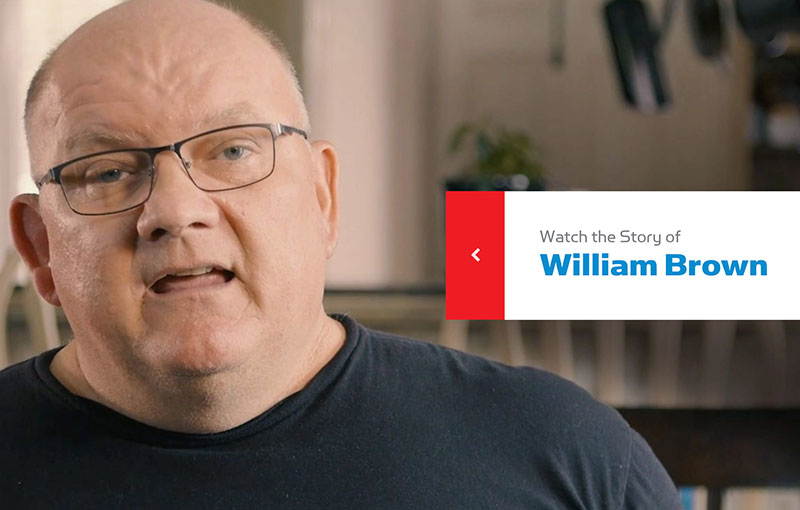How Social Distancing Helps Prevent the Spread of COVID-19

As of July 17, 2020, Texas has had more than 300,000 human coronavirus cases — and the numbers continue to rise.
With COVID-19 coursing through the Lone Star State, we’re all looking for ways to lessen our risk of getting the extremely contagious virus. And experts across the board suggest social distancing as an effective preventative measure.
Here’s what you need to know about how to help stop COVID-19.
Why We Do Social Distancing
The human coronavirus spreads via respiratory droplets, according to the CDC. In other words, if an infected person sneezes, coughs or even talks, they can emit the droplets that pass the virus from person to person.
Social distancing helps prevent the transmission of respiratory droplets. So do other elements contained in the CDC guidelines, such as wearing a cloth mask and regularly washing your hands.
Social distancing is standing six feet apart from other people and not greeting anyone by shaking hands or touching. Avoid attending large-scale events, too, such as concerts or work conferences.
You should maintain social distancing even if a person doesn’t appear sick. Some people who have the virus remain asymptomatic, which means they can pass it without even knowing they have it.
For your peace of mind, you can always submit to local coronavirus testing.
Does Social Distancing Work?
In short, yes — social distancing does work to prevent the coronavirus from spreading.
You’ve probably heard the phrase “flatten the curve.” At the beginning of the pandemic, the cases will rise exponentially — but it doesn’t have to be this way.
We can flatten the curve by observing preventative measures. Social distancing and proper personal hygiene have been proven effective in reducing the number of active cases and keeps the curve at a reasonable height.
We want to flatten the curve because it makes it so much easier for medical professionals to care for those who do get the virus. If too many people get coronavirus at once, they can overload hospitals and emergency rooms. The longer it takes for the virus to spread, the more time hospitals will have to prepare.
Did you know that social distancing measures helped stall the spread of the 1918 Spanish flu, a major pandemic that killed 675,000 in the U.S. alone? At that time, people closed schools, theaters and other gathering places. This step stopped the disease from spreading quickly — and prevented countless deaths.
Do Your Part to Prevent COVID-19
The human coronavirus pandemic is not over, and everyone has a role to play to keep their loved ones and their community safe. Start with social distancing, then add in other preventative measures, including wearing a face mask. Collectively, we can all help in flattening the curve.
If you think you have contracted COVID-19 — or if you need help with other medical issues — don’t hesitate to reach out. Contact us today.


